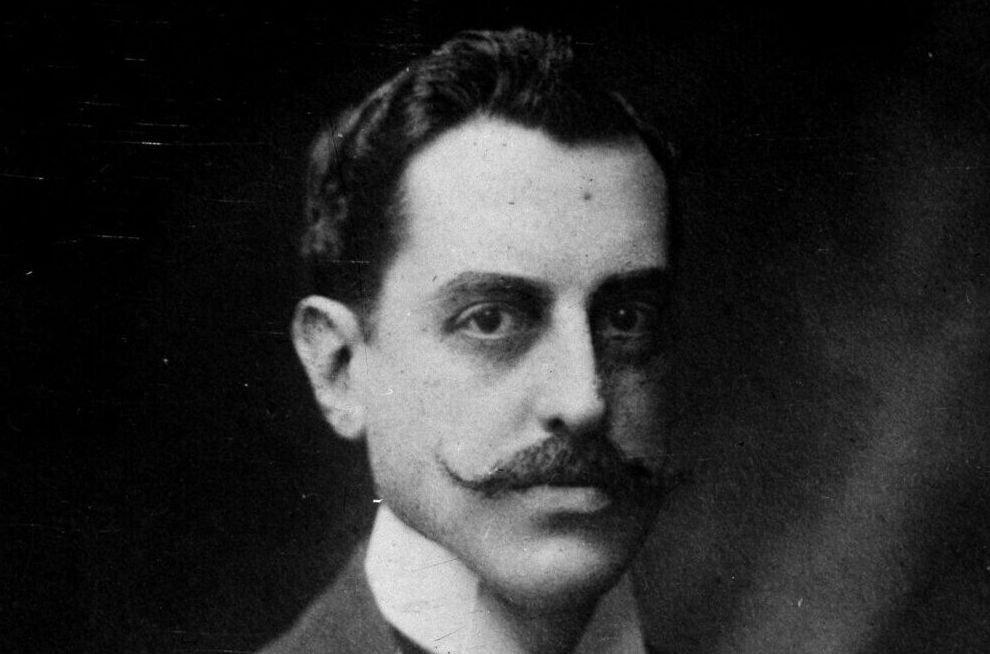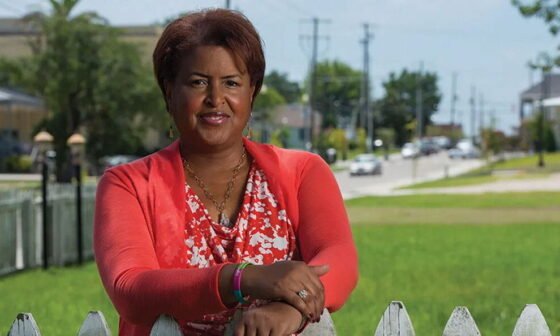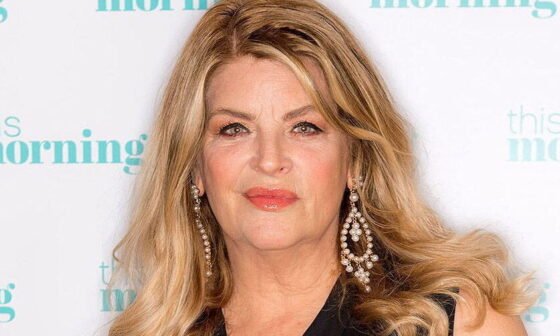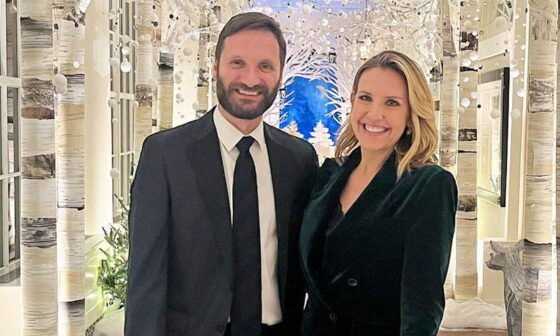Business Achievements
In 1895, George Washington Vanderbilt II built the Biltmore Estate, the biggest privately owned house in the US. He collaborated with Richard Morris Hunt and Frederick Law Olmsted on the 250-room, 175,856-square-foot home in Asheville, North Carolina, on 130,000 acres. Beyond its magnificence, Biltmore tested scientific forestry by creating the first professionally maintained forest in America and the Biltmore School of Forestry in 1898. He founded the Biltmore Nursery, specialising in Appalachian flora, and negotiated wood rights sales under sustainable-management objectives for profit and environmental protection.
Reasons for Success
His grandpa left him millions, and his father left him more money, allowing him to pursue personal interests rather than railroads. His inventive techniques were influenced by his considerable education, multilingualism, and 20,000-volume private library. His collaborations with top architects, landscapers, and foresters combined science and art. He became a forward-thinking philanthropist and land management by adopting sustainable practices and caring about employees and the community.
Other Successful Family Members
- Cornelius Vanderbilt (1st generation): He started the family business by building railroads and ships, and by the end of the 19th century, he was the richest person in the US. He also gave money to Vanderbilt University.
- Second-generation William Henry Vanderbilt doubled the family fortune, extended the New York Central Railroad, and built a Fifth Avenue home.
- Cornelius Vanderbilt II (3rd generation): Built Gilded Age landmarks including the Breakers in Newport.
- William Kissam Vanderbilt (3rd generation): Grand Central Terminal expansion promoter and Marble House constructor.
- Gertrude Vanderbilt Whitney (4th generation) founded the Whitney Museum of American Art for living artists.
- Cornelius Vanderbilt Whitney (5th generation): Pan American Airways founder, businessman, and Under Secretary of Commerce.
- Gloria Vanderbilt (6th generation): Fashion designer, cultural influencer, and denim pioneer.
- Anderson Cooper (6th generation): World-renowned journalist and international newsreader.
FAQ
What were George Washington Vanderbilt II’s primary business achievements?
He came up with the idea for the Biltmore Estate and constructed it as a multi-use business that included residential, forestry, agricultural, and tourism operations. He also started North America’s first formal forestry school to make land management more professional.
What factors drove his success?
A large inheritance liberated him from business obligations, and a comprehensive education and travel around the world let him see things clearly. By working with leading architects, landscape designers, and forestry specialists, he was able to turn his ideas into new, long-lasting ways of doing things.
Who are the other prominent Vanderbilt family members?
Cornelius Vanderbilt, the railroad magnate; William Henry Vanderbilt, who doubled the family wealth; Cornelius Vanderbilt II and William Kissam Vanderbilt, Gilded Age architecture patrons; Gertrude Vanderbilt Whitney, founder of a major art museum; and modern figures like Gloria Vanderbilt in fashion and Anderson Cooper in journalism are all Vanderbilts
What innovations did he bring to forestry and agriculture?
He used science to guide how to manage forests, set up a professionally run forestry business, and brought in cattle that were bred for specific traits and broke records. His methodology struck a compromise between making money from timber and keeping the ecosystem healthy in the long run.
How did he support community development?
He built Biltmore Village and All Souls Church to house and serve estate workers, threw holiday parties for employees’ families every year, and gave land and buildings to schools and libraries, all of which show how much he cared about helping others.






